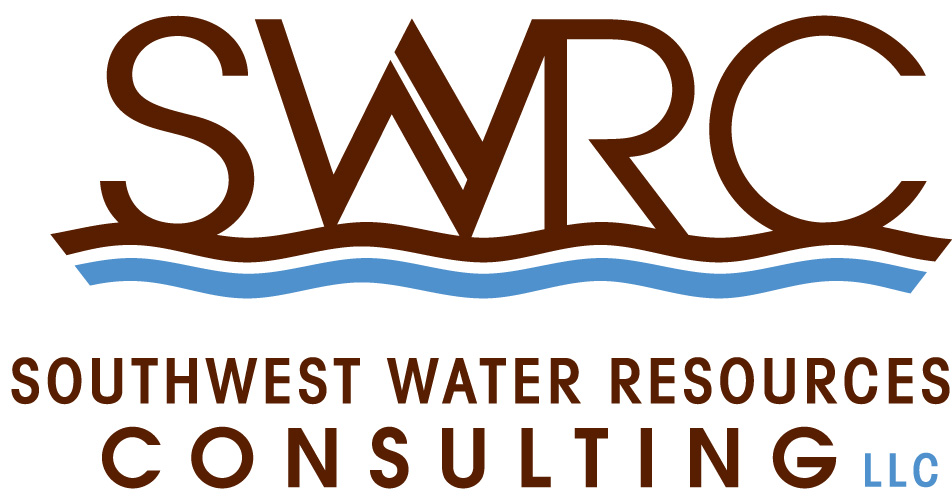Like so many good things, I discovered scenario planning by fortunate accident.
In a very real sense, the approach found me during a time of professional need. The encounter occurred about 15 years ago when I was leading the Water Resources Planning team at Tucson Water, a large municipally owned water utility serving most of the Tucson Metro Area. A colleague and I had been asked to update the Utility’s Water Plan near the end of a particularly contentious decade—a time when “red water coming out of taps” was too often the leading story in the news.
About 10 years before, the Utility attempted to deliver a newly available, imported surface-water supply to the community and it resulted in reddish water flowing out of many household taps. The engineering failure to account for the chemical aggressiveness of the “new” water and the potential for pipeline corrosion was followed by organizational ineptness in managing the matter and political interference resulting in a near perfect storm. Both the Utility and this much needed renewable supply were demonized by the local media, by politicians looking for cover, by agenda players seeking advantage, and by residents who were justifiably concerned about the quality of the water being delivered to their homes. In this amplified planning environment, the community’s long-standing plan about how to achieve a sustainable water future was being shredded.
Post-traumatic feelings were still reverberating both in the Utility and in the community when the planning team was tasked with updating the water plan. The underlying goals were to help rebuild trust with decision makers and opinion leaders in the community, make using the imported supply more “acceptable” to customers, and reconstitute the community’s long-term water-management vision to achieve a sustainable water future. It was a tall in-house order. And given all the recent histrionics and atmospherics, I was struggling to find a way to do it.
It was clear that the traditional “project-and-plan” approach in use almost everywhere had failed miserably. It wasn’t business as usual anymore. The seemingly well-aimed arrow missed the target. Many of us didn’t know at the time that some of the accepted facts were actually unquestioned assumptions. And most of us hadn’t ever experienced organizational failure of this magnitude. Something changed. The single most probable or desirous planning outcome was no longer achievable. Many future outcomes were now possible and some were far from being cost effective or sustainable. Things could go a lot of ways.
For some time, I had been trying to figure out what to do. The usual planning minutiae were being cranked out by staff but the overarching organizing principle that would tie it all together was eluding me. Then one afternoon, I was sitting in a large conference room where utility staffers were meeting with engineering consultants to discuss something totally unrelated to the plan update. Scenario Planning was brought up as a method to address uncertainties in the water treatment planning process. I wasn’t expecting much to come out of this. A specialist from some out-of-state office of the consulting firm was flown in to introduce us to Scenario Planning as a tool that can be used to sort out complicated treatment-train planning issues. While he was talking, I found myself transfixed. He was taking about treatment scenarios, but I was thinking about water plan updates. I knew what to do before I left the meeting room that afternoon. Scenario Planning would serve as the vehicle of a strategic planning process that would generate a flexible, highly adaptable utility water plan that would point the way despite the contentious planning environment and the many possible paths forward—pathways that could lead to very different future outcomes.
The planning team applied the scenario process through a series of facilitated sessions with key in-house managers and administrators. The process provided the means for the organization to have a long overdue conversation about the perceived uncertainties and planning challenges. Using Scenario Planning, the resulting water plan was of a very different type. It wasn’t singularly fixed on one predictable or preferred outcome since that was no longer possible—that was the old way of doing business. Instead, it provided room for staff to maneuver and adjust while making recommendations to decision makers about how to proceed based on what we knew and perhaps more important, on what we didn’t know. The uncertainties were made explicit instead of papered over. The key decision points which could tip the direction of things one way or another were called out. Possible response actions and options were prepositioned so that they could later be brought into play depending on how things actually unfolded in the still emerging future. The water plan made enough sense to political decision makers and opinion leaders, and it was well received by most constituencies in the larger community. It was also recognized by professional planning organizations for its innovative approach.
Because of this success, the method was subsequently applied to other water issues confronting the Utility. Staff became more practiced and skillful with each iteration. I made it my mission to embed the method within the organization by involving a wider circle of colleagues to ensure there was enough experience and follow-up capacity to make it work. In a relatively short time, Scenario Planning became a prominent asset in the Utility’s planning toolbox. When Scenario Planning is successfully applied by organizations with committed follow through, the stories subsequently told often sound similar to this one.
As a consultant, I have had similar experiences within other organizations and with regional associations of organizations. My current mission is to share my Scenario Planning expertise with professionals in other water agencies and planning organizations. Scenario Planning should complement what organizations already do—it’s not meant to replace established procedures and practices. Using scenarios can make planning better especially when working those uncertain edges. Organizations of various stripes have always dealt with planning uncertainty and have had varying degrees of success and failure in meeting their objectives. For some, the current issues are so pressing that their organizations cannot afford to wait for certainty before making critical decisions. For others, there is a need to find some common ground among conflicting stakeholder interests in their region in order to initiate coordinated action.
I now assist and train working professionals and students in applying Scenario Planning both domestically and internationally. When engaging clients, I demonstrate techniques that identify key drivers and critical uncertainties in a given planning environment. I illustrate how to develop scenarios and use them to address the emerging needs of different possible futures. With these skills and insights, both professionals and students can become better prepared to manage the planning challenges that are arrayed before them.

